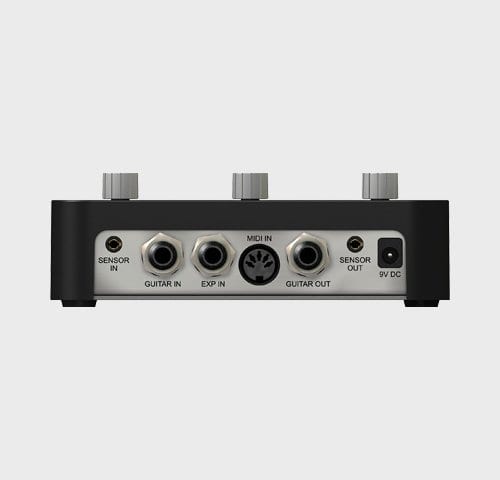

Two types of harmonics (even and odd) can be added by clipping, and it's the blend of the two that gives each particular amplifier or distortion effect its own complexity and tonal character.Ĭontrary to widely-circulated myths, neither tube or transistor-based designs produce only odd or even harmonics. Most transistor-based circuits produce “hard” clipping that takes effect as soon as the signal gets too loud (going from clean to distorted with a sharp cutoff), but tube saturation can be mimicked with clever design. Tube circuits produce “soft” clipping when they’re saturated with signal, creating a gradual breakup as volume increases. This adds high-frequency overtones to the signal, which are harmonically related to the notes being played.ĭue to fundamental differences in operation, different types of circuits clip differently. When the amplitude of an audio signal is too strong for the circuit it’s passing through, the peaks of the wave are “clipped” off, becoming flat instead of rounded and starting to resemble a square wave.

ClippingĬlipping is the phenomenon most people associate with distortion, but it’s actually the cause and harmonic distortion is the effect. Several other types of distortion also exist, such as envelope distortion, digital aliasing, and intermodulation distortion, and any of these can be intentional musical effects or unwanted corruptions. In common use, however, “distortion” usually means harmonic distortion, the addition of overtones to a signal caused by clipping in an electrical circuit.

#BTV PRO DISTORTED AUDIO TV#
The company’s other main customers include Bulgarian National TV and Nova TV.Distortion is broadly defined as any change in an audio signal between two points. Since taking on the brand, New-Tek Broadcast has already sold a number of Jünger Audio units to local broadcaster bTV. It can also be configured and remotely controlled via a web interface – and it now complies with ATSC, ITU and EBU R128 loudness recommendations. Capable of using any kind of I/O (Analogue and Digital) sources, as well as SDI, HD/SDI, Dolby 5.1 and all its related metadata, LEVEL MAGIC is available in a variety of configurations to suit different applications. It is based on a simultaneous combination of an AGC, a Transient Processor for fast changes and a “look ahead” Peak Limiter for continuous unattended control of any programme material, regardless of its original source. LEVEL MAGIC™ is a sophisticated adaptive level control algorithm that is designed to adjust the level from any source at any time, with no pumping, breathing or distortion.

Under the terms of the new arrangement, New-Tek Broadcast will distribute Jünger Audio’s entire product range, including its groundbreaking LEVEL MAGIC™ Loudness control solution, which has been adopted as a stand-alone solution by broadcasters such as Discovery Channel, MediaCorp, Canal +, Astro and RTL. This has now led to our collaboration, which we believe will be highly successful.” This proved positive and indicated that there was demand from the local market to combine reliable loudness products with a reliable partner. During 2010, New-Tek Broadcast started investigating market potential for Jünger Audio products in Bulgaria. Marc Judor, International Sales and Marketing Manager at Jünger Audio, adds: “With Loudness processing becoming such a crucial issue throughout the world, it was important for us to intensify our geographical deployments in Eastern Europe.


 0 kommentar(er)
0 kommentar(er)
